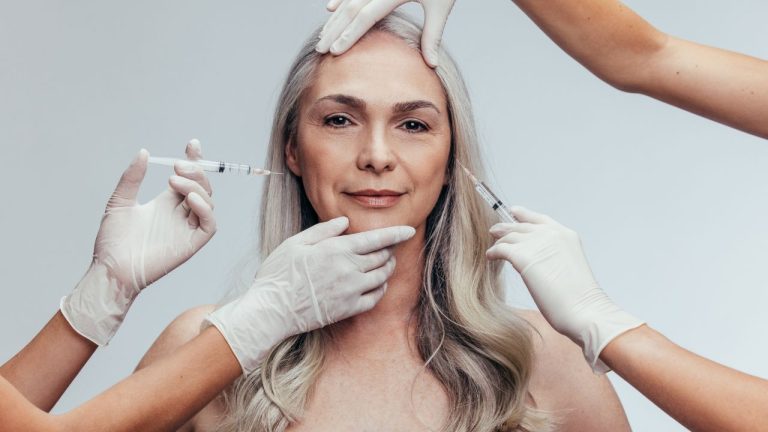Tretinoin cream 0.05% is a significant player in the field of dermatology, revered for its effectiveness in treating acne and signs of aging. This comprehensive article aims to provide an in-depth understanding of tretinoin cream 0.05%, covering its uses, mechanism of action, application guidelines, potential side effects, and essential care tips.
Introduction to Tretinoin Cream 0.05%
Tretinoin, a derivative of Vitamin A, is part of the retinoid family and is a potent compound used in skincare. The 0.05% concentration in tretinoin cream indicates a moderate strength, which is effective yet suitable for a broader range of skin types compared to higher concentrations.
Uses and Benefits
- Acne Treatment: Tretinoin 0.05% is highly effective against both comedonal (blackheads and whiteheads) and inflammatory acne. It helps to unclog pores and reduce the formation of new acne lesions.
- Anti-Aging: Regular use can lead to reduced visibility of fine lines and wrinkles, thanks to its ability to stimulate collagen production.
- Skin Texture Improvement: Tretinoin can improve the skin’s overall texture, making it smoother and more even-toned.
- Pigmentation Issues: It can help in fading dark spots and hyperpigmentation caused by factors like sun damage or hormonal changes.
Mechanism of Action
Tretinoin works by accelerating the turnover rate of skin cells. This rapid cell renewal helps in the exfoliation of the skin’s outer layer, promoting the disappearance of damaged skin cells, unclogging pores, and allowing the growth of new, healthy skin.
Application Guidelines
- Cleansing: The skin should be cleaned with a gentle cleanser before application.
- Drying: Wait for about 20-30 minutes post-cleansing to ensure the skin is completely dry.
- Applying: Use a pea-sized amount, spreading it evenly across the affected areas.
- Frequency: Initially, it may be applied every other night, gradually increasing to nightly use as tolerated.
Potential Side Effects
- Skin Irritation: Redness, dryness, and peeling are common, especially during the initial weeks of treatment.
- Increased Sun Sensitivity: The skin becomes more susceptible to sunburn. Use a broad-spectrum sunscreen daily.
- Purging Phase: Some users experience an initial increase in acne, which typically subsides as the skin adjusts to the treatment.
Precautions
- Pregnancy and Breastfeeding: Tretinoin is not recommended during pregnancy or breastfeeding.
- Avoid Certain Skincare Products: Products containing alcohol, astringents, or certain acids may increase skin irritation.
- Limit Sun Exposure: Protect the skin by wearing sunblock and limiting sun exposure.
Tips for Maximizing Benefits
- Moisturizing: Use a non-comedogenic moisturizer to manage dryness.
- Patience is Key: Results from tretinoin can take several weeks to become visible.
- Consistent Use: Regular application as directed is crucial for achieving and maintaining desired results.
Long-term Use and Skin Health
Continued use of tretinoin cream 0.05% can lead to sustained improvements in skin health. However, it’s essential to regularly evaluate your skin’s response and adjust the treatment as necessary under the guidance of a dermatologist.
Conclusion
Tretinoin cream 0.05% offers a powerful solution for managing acne and signs of skin aging. While it requires a period of adjustment, consistent use, coupled with appropriate skincare practices, can result in significantly improved skin health and appearance.
Further Information
For those interested in using tretinoin cream 0.05%, additional information can be sought from dermatological texts, peer-reviewed studies, and consultations with skincare professionals. These resources can provide deeper insights into the effective use of tretinoin and help tailor treatments to individual skin types and concerns.

0 Comments